Women’s singles in badminton heads into the 2016 Olympic Games with more than just World Champion Carolina Marin promising to give this gold a new home.
By Aaron Wong. Photos: Badmintonphoto
Five flags are fluttering for attention in the Rio Olympic women’s singles badminton competition but they aren’t exactly the five countries that have qualified to send the maximum of two representatives, nor are they even the ones that have been raised over the podium at the last six Olympics.
Here & now
Athletes possessing the highest world ranking from Spain, Chinese Taipei, Thailand, India and Japan are the strongest contenders for the women’s singles gold medal in Rio, due to surprisingly fresh performances during the qualifying year.
There are 13 seeded ladies amongst 40 competitors falling into 13 groups, and a new Olympic policy reducing the maximum three players any one country can qualify down to two. In other words, gone is the opportunity for one country to possibly medal in every colour in one badminton discipline. This is the second Games featuring round robin group matches leading into the knockout rounds from the quarter-finals onwards and the third Games using the 21-point rally system.
The right choice for China: Wang Yihan
First up, it’s worth mentioning who is missing and could have made an impact, even though viewed against the backdrop of the trait that is of central importance to becoming a champion during this epoch – reinvention – it doesn’t make a difference overall.
This year’s All England runner-up and world #9 Wang Shixian missed out a second time on Olympic selection despite playing ferociously as the qualification period began and being an obvious choice during the first half of this phase. However, compatriot Wang Yihan’s patchy rise to the occasion, which began with a surprise 2015 Superseries runner-up achievement, an outstanding second-wind grabbing of the Asia Championships in April, and a Indonesia Superseries runner-up finish was remarkable beyond the surface of listing tournament names and enough to persuade selectors.
No Chinese woman has won any of the six Superseries events so far in 2016 and the last victory for China was nine Superseries tournaments ago. More struggle than emphatic though they were, the obvious signs for selection of Wang Yihan were her defeating of a cast of eight of the world’s top 10 – including her team-mates, and crucially Ratchanok Intanon twice and Nozomi Okuhara thrice – during her best three recent showings. Yihan’s April to June results had trumped Shixian’s bid, and also she completed a full set of wins over the top 10s with straight-games revenge over a sniffling Tai Tzu Ying at the Australian Open, five days after losing the final to her at the Indonesia Open Superseries Premier.
The case of Wang Yihan shows acceptance by Chinese coaches that China no longer holds absolute dominance at women’s singles and the baseline requirement is proven ability to beat most of the rest. Harbouring the old mentality would have been detrimental. Selectors would have found it hard to ignore the fact that Yihan being significantly taller than Shixian is an extra edge that’s worth a lot.
Snares in the groups
The group stage, incorporated to help showcase the global participation and popularity of this sport, has more tendency to go in favour of higher world rankings than an outright knockout tournament but there are still potholes on the road to podium for the stars. Of the seeds that could trip over early, none would spark more headlines than if Line Kjaersfeldt (pictured), ranked 24th in the world, were to choose this occasion to take a maiden win over top-ranked Carolina Marin of Spain, and the young Dane feasibly can do it.
Kjærsfeldt has recorded 21 points in each of their four contests and forged rubber matches out of three. Beating Marin is, no doubt, a mighty proposition but her Danish opponent’s skills are improving by greater percentages currently, so much so that the Spaniard will have noticed. Supporting the Dane’s game plan are sufficient height and strength to make those aspects a level playing field but where it can make a difference are her increasing strategic instincts.
In Group M, India’s ninth seed Pusarla Venkata Sindhu gets a significant warm-up against Michelle Li (pictured) of Canada in a battle of the tall ladies. Whether Li is in form remains to be proved by this encounter, as does whether her choice to concentrate on singles only – after appearing in the doubles semi-finals at London 2012 – was worthwhile.
What kind of turnaround can be achieved in the space of the almost two-month study gap between the last Superseries (Australian Open) and the Olympic Games? The Canadian’s 2016 performances have waned compared to last year when she beat Nozomi Okuhara twice and Carolina Marin. Whether it’s been a matter of fatigue or of experimenting in order to innovate, Li’s ability to consolidate in time for her match in Rio against Sindhu will be some indication that not taking the full break and playing through the Canada and US Open Grand Prix season past the last Superseries was the right move. Conversely, China’s entrants can only benefit from having this time to re-evaluate.
Evolution
Each of the five main contenders, plus defending Olympic champion Li Xuerui and silver medallist Wang Yihan, took women’s singles in new directions when each burst onto the scene in a big way.
Next, it’s been innovation, as marked by Marin of Spain, Intanon of Thailand, Tai of Chinese Taipei, Nehwal of India and Okuhara of Japan, that’s taken the sport forward. It is not simply a matter of them being stylistically original players. Rather, each brought to the field superlative major traits that would leave the rest constantly losing until solutions were figured out.
Marin brought fiery intention combined with the ideal physique, all wrapped up in a left-hander: she is made for the 21-point system. Ramping up the speed of the game suits her and her aggressive nature feeds the relentless pressure or the need to try to catch a breath that opponents feel even when they are ahead. We’ve seen the sped up game before with Gong Zhichao (circa 2000), Wang Xin, Pi Hongyan, Xu Huaiwen (circa 2008) and Wang Shixian, but none packaged with as much physical strength and natural agility as the Spaniard.
Secret of the Superseries winners
Why then has the world #1 Marin – or world #2 Wang Yihan – been unable to capture a Superseries title in 2016? Because of a lack of addressing her opponents in fresh ways once they’ve become familiar with her style.
As recently as last month’s Australian Open, tournament winner Saina Nehwal (pictured left) touched on this point in general. She said that having been on the circuit for many years means that she knows what all of her contemporaries will do on court, and on a good day one can reach all the replies as well as produce normal strokes as winners.
The next evolution in the current wave of several unique and innovative players is reinvention, and it’s happened so quickly that Marin became the next big thing to be left behind. The remaining four contenders represent this bunch and claimed Superseries titles this year to show for it.
Reinvention
The seeded ladies in the other 11 groups should come through unscathed. When plotting out the potential winner, the question of greatest interest is who are in Nozomi Okuhara’s path up to the gold medal final in the bottom half of the draw? Most likely, Bae Yeon Ju, Ratchanok Intanon, and finally Wang Yihan or Tai Tzu Ying.
The twenty-one year-old Japanese player’s innovation and reinvention is radically different. Her style forces all opponents to not play like their usual selves. Head-to-head results will convey some impression of proceedings and but be useless for predicting an outcome.
The paths of Nozomi Okuhara (pictured) and Ratchanok Intanon converge at the quarter-final. Intanon didn’t win any of their four encounters in 2015 but they haven’t met this year, and both have reinvented. Given Okuhara’s effect on everybody, the Thai, who relies on hitting winners as her calling card, will need the perfect day to clear this hurdle. Were it to go one game apiece, the Japanese ends up with the upper hand due to fitness.
Patience isn’t among the virtues possessed by Tai Tzu Ying (pictured) but fitness shouldn’t be a problem. Wang Yihan may still lack the fitness to keep up with Okuhara but she is learning patience and always has height and reach on her side especially over Okuhara.
The other pivotal quarter-final is Saina Nehwal against London gold medallist Li Xuerui. In spite of her eight consecutive losses since 2012, the world #5 Indian has never been more equipped to deal with Li. Her recent better anticipation overcomes former problems on addressing replies from deceptive or taller players, whereas now these shots are returned with interest. A new-found assertive net play and adding the dimension of a sharper smash has stunned the likes of Wang Yihan and Sun Yu, which punters can use as a guide.
The worse thing would be to presume the Nehwal of old is the opponent on the other side of the net today. Unless Li Xuerui has reinvented too, she could end up reacting to what’s coming up most of the time in their probable showdown.
Array formula
Viewed through the lens of reinvention, the gold medallist should hail from the Chinese Taipei, India, Thailand or Japan and not simply because they make up this year’s Superseries winners. Remember the last gold in this category was won by the freshest star peaking at the right moment – Li Xuerui.
But past Olympic gold medal matches have contained players who were wiser and calm in the face of adversity from living through a previous Games. This shortlist contains China, India, Korea, Thailand, and Chinese Taipei personnel.
The names common to both lists, thus possessing of experience as well as reinvention, are: Ratchanok Intanon (pictured), Tai Tzu Ying, and Olympic bronze medallist Saina Nehwal.
So who will you take a flutter on? It depends on how much you value reinvention or experience or consider both of these. The bottom line is an adversary’s familiarity with you is your weakness in women’s singles badminton today.
Click here for a photo draw with links to selected head-to-head records
![OLYMPIC WS 2016 PREVIEW – Beyond the next big thing is Reinvention Women’s singles in badminton heads into the 2016 Olympic Games with more than just World Champion Carolina Marin promising to give this gold a new home. By Aaron Wong. Photos: […]](http://www.badzine.net/wp-content/uploads/ngg_featured/20151211_0433_WorldSuperseriesFinals2015_RS__2958-1_rotator.jpg)
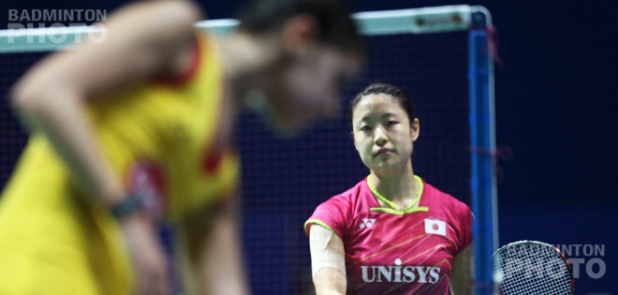
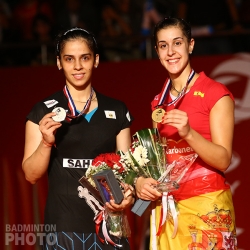
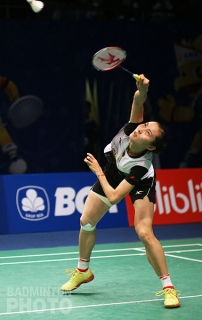
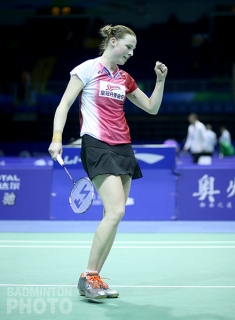
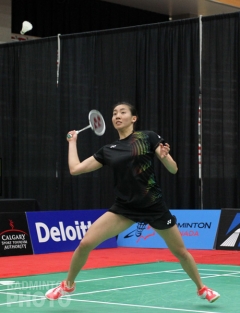
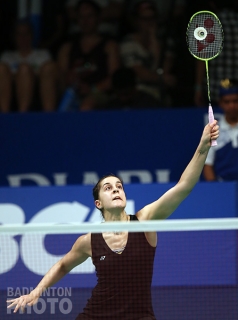
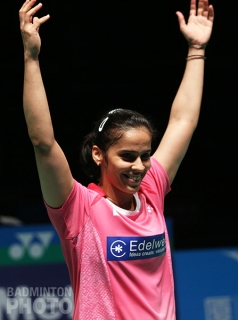
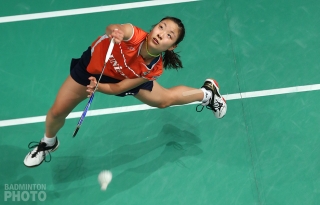
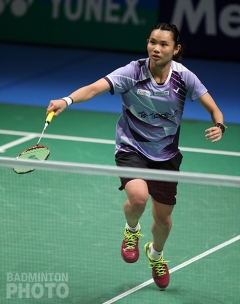
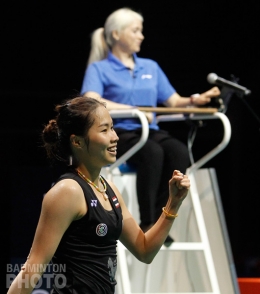
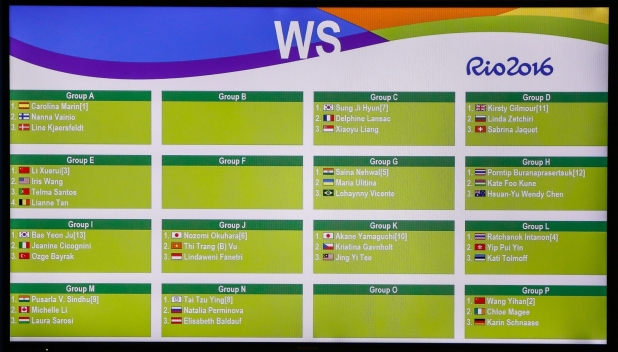

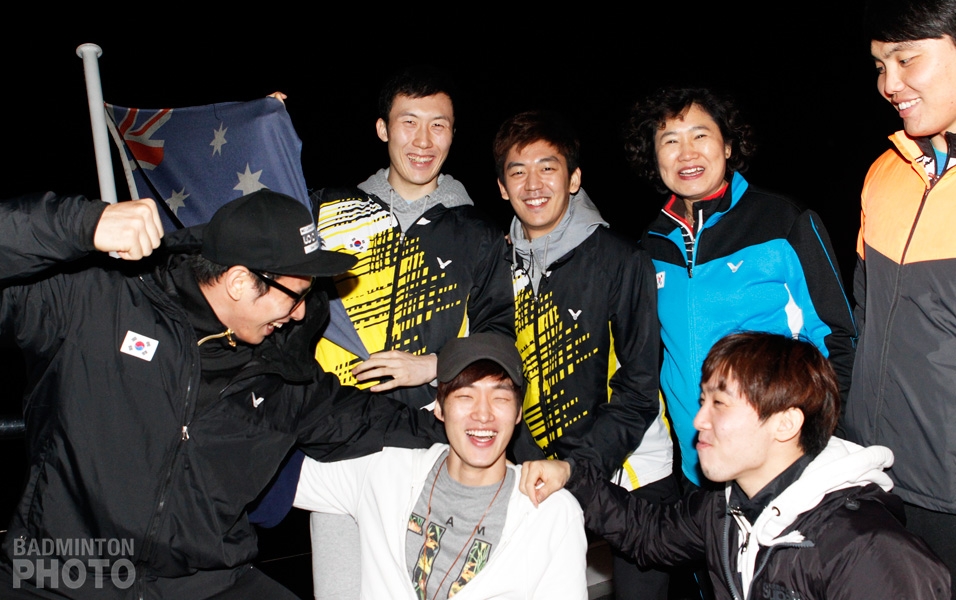
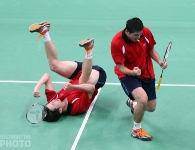


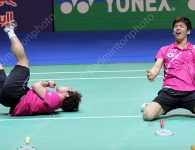
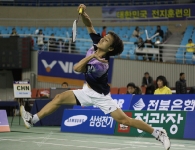
Leave a Reply